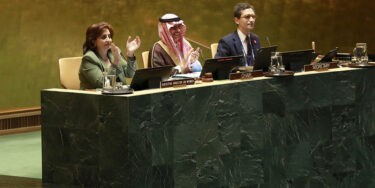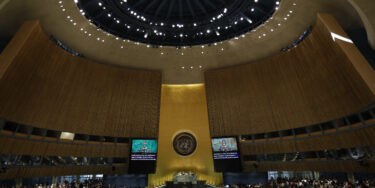Donald Trump and Militant Evangelical Masculinity
28.02.17
(Gender-based discrimination / Tradition, Culture, Religion)
As Donald Trump prepares to take the oath of office, many white evangelicals will be celebrating. Yet the fact that “family values” conservatives continue to rally around Trump has bewildered many people, including a number of evangelicals themselves.
Trump, after all, is a man who boasted of his “manhood” on national television, who incited violence at his rallies, and bragged of assaulting women. He is a man who spoke in the chapel of a Christian college in Iowa—my alma mater, no less—and claimed that he could “stand in the middle of 5th Avenue and shoot somebody” and not lose voters.
Certainly, his behavior did little to dissuade the 81 percent of white evangelicals who voted for him, a constituency that proved key to his victory.
Yes, there were Supreme Court appointments and fears about religious freedom to consider, and a longstanding alliance with the Republican Party to contend with. But even so, how could the self-professed “Moral Majority” embrace a candidate who seemed to flaunt his own cruelty?
The truth is, many evangelicals long ago replaced the suffering servant of Christ with an image that more closely resembles Donald Trump than many would care to admit. They’ve traded a faith that privileges humility and elevates the least of these for one that derides gentleness as the province of wusses. Having replaced the Jesus of the gospels with an idol of machismo, it’s no wonder many have come to think of Trump himself as the nation’s savior.
Indeed, white evangelical support for Trump can be seen as the culmination of a decades-long embrace of militant masculinity, a masculinity that has enshrined patriarchal authority, condoned a callous display of power at home and abroad, and functioned as a linchpin in the political and social worldviews of conservative white evangelicals. In the end, many evangelicals did not vote for Trump despite their beliefs, but because of them.



